Suriname, or the Republic of Suriname, lies on the northeastern Atlantic Coast of South America, bordered by Brazil, Guyana, French Guyana, and the Atlantic Ocean. Home to approximately 600,000 people with diverse ancestral roots, Suriname boasts Paramaribo as its capital and largest city, offering a unique blend of urban and natural landscapes. Known for its strategic location, the country features pristine white sand beaches and flourishing natural habitats, hosting a variety of fauna and flora. Notably, Suriname is home to diverse dangerous animals, adding an element of adventure for those exploring its untouched beauty.
Table of Contents
Why visit Suriname?
If you are seeking a travel destination beyond the Caribbean, Suriname offers an exceptional experience with its tropical climate, diverse amenities, and access to South America. The country provides a plethora of activities and attractions, with English being widely spoken for easy communication in the region.
Read more: Dangerous animals in Guyana
Suriname experiences two wet seasons, from April through August and November through February. When planning your trip, staying informed about the weather and prevailing conditions is crucial. Suriname boasts UNESCO World Heritage sites, thanks to its extensive forest cover and nature reserves.
Read more: Dangerous animals in Brazil
However, it’s essential to be aware of some dangerous creatures that you may encounter during your visit to the region.
Fer de Lance Snake
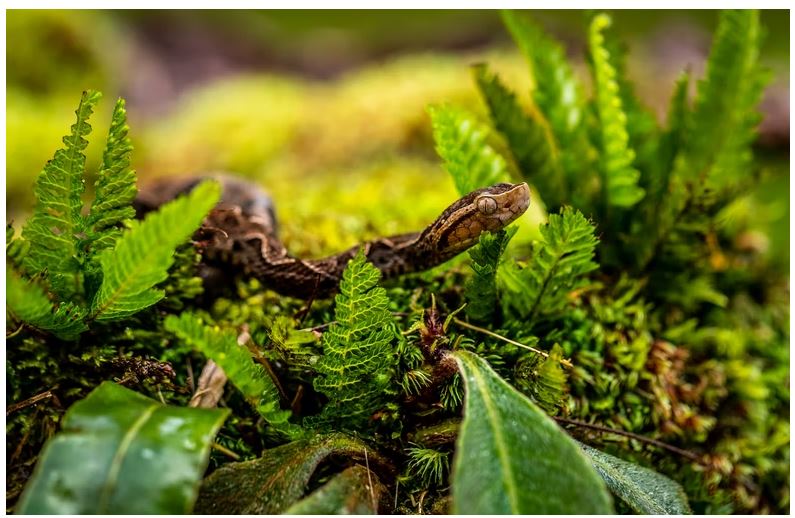
Encountering the Fer de Lance snake during a trip to Suriname poses a significant danger. This snake inhabits various habitats, including forested areas and grasslands. Armed with fangs that deliver highly potent venom affecting the central nervous and cardiac systems, a bite requires immediate medical attention to prevent organ failure and potential fatality. Travelers are advised to have a knowledgeable tour guide who can navigate areas unaffected by these snakes.
Anaconda

Suriname is home to the anaconda, particularly in tropical climates near rivers, lakes, and swamps due to its proximity to Brazil. While not venomous, the anaconda’s immense size and muscular body make them dangerous. They are known for constricting and swallowing prey whole. Travelers are cautioned to stay in areas free from anacondas and remain vigilant during visits to their habitats.
Bush Vipers
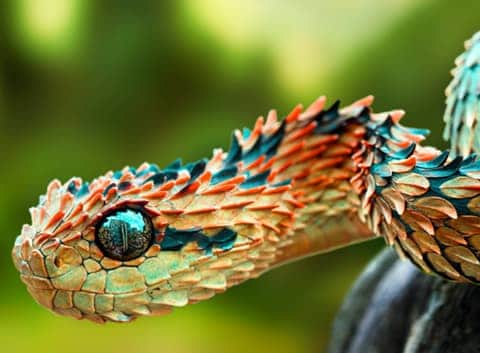
Considered among the most dangerous snakes in Suriname, bush vipers thrive in the tropical rainforests. With venomous bites and fangs, there are 16 species of these snakes in the country. Travelers should exercise caution, stay informed, and preferably have a tour guide when exploring areas inhabited by bush vipers. Immediate medical attention is crucial if bitten, as the venom affects the central nervous and circulatory systems.
Black Panthers
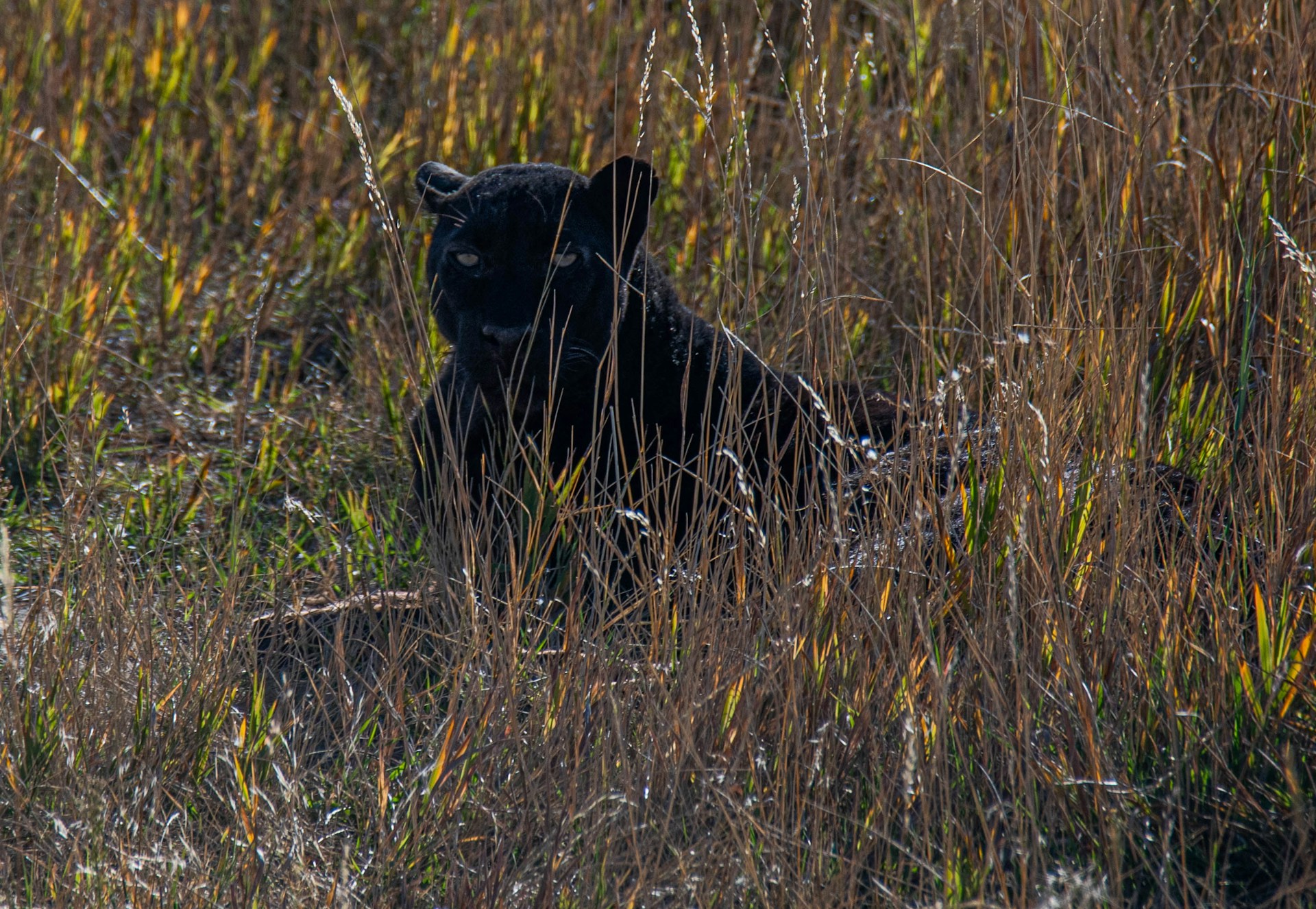
Black panthers, formidable and territorial felines, are adaptable and found in various parts of the United States, Brazil, and South America. While elusive, they possess sharp claws and teeth, and surprise attacks can be lethal. Travelers in Suriname must remain vigilant, especially in the wild, as encounters with these powerful creatures can lead to fatal consequences.
Piranhas

The waters of Suriname harbor Piranhas, notorious for their sharp teeth and keen sense of smell. While human attacks are rare, caution is advised during water activities such as deep-sea diving. Piranhas can quickly detect blood and, according to reports from Brazil, can strip flesh within seconds. Travelers exploring the waters of Suriname should remain vigilant and take necessary precautions to avoid encounters with these dangerous creatures.
Red-Tailed Boa

During your trip to Suriname, be vigilant in the dense forests as the red-tailed boa, though not commonly encountered in urban areas, poses a significant threat. Possessing powerful muscles, these snakes can wind around prey and constrict them to death. Familiarize yourself with the environment to prevent attacks, and if bitten, seek immediate medical attention to avoid potentially fatal consequences.
Assassin Bug

Found in dense forests across Suriname, the assassin bug is a perilous creature with venomous bites that affect the central nervous and cardiac systems, leading to potential fatality. Carrying mosquito or insect repellent is crucial during your trip to prevent attacks. In case of a bite, seek immediate medical attention to counteract the venom’s side effects.
Giant Centipede
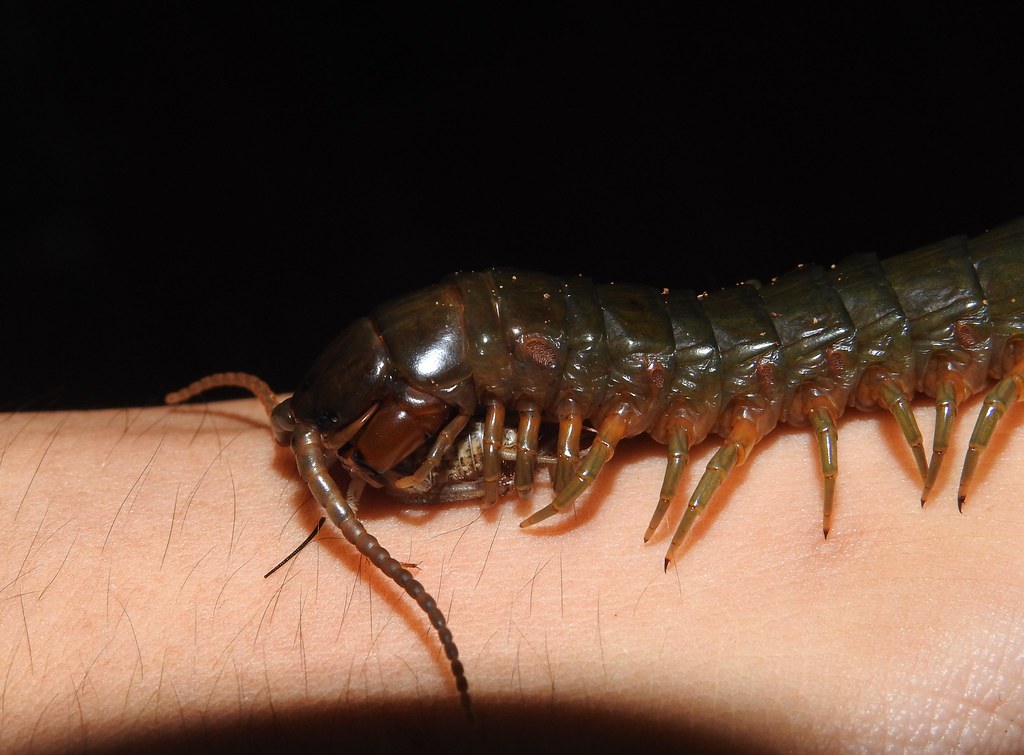
Encountering the Amazon giant centipede in Suriname can lead to venomous stings affecting the central nervous system. While it may not be fatal for most individuals, children and the elderly with compromised immunity are at higher risk. Proper dressing, especially in outdoor environments, is essential, and immediate medical attention is necessary if stung to prevent venom spread to vital organs.
Sharks

The Atlantic Ocean surrounding Suriname is home to about 90 species of sharks, presenting a potential threat during water exploration. Sharks are known for their sharp teeth and keen sense of smell. To avoid areas inhabited by sharks, especially during the summer when attacks are more likely, travel with a knowledgeable tour guide who can guide you to safer waters.
Caimans
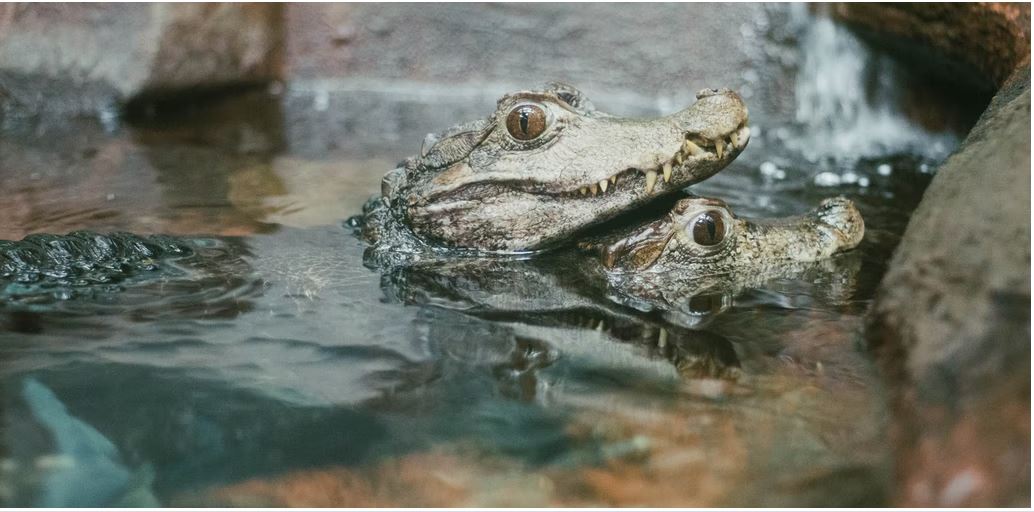
With about six species inhabiting South America, caimans in Suriname, larger than common crocodiles, are dangerous animals found in wetlands. Due to their ability to camouflage and darker colors, they can be challenging to spot. With strong muscles and sharp teeth, caimans are opportunistic predators, ambushing prey and crushing bones and organs. Exercise caution in areas with tropical climates, rivers, and lakes.
Bullet Ants
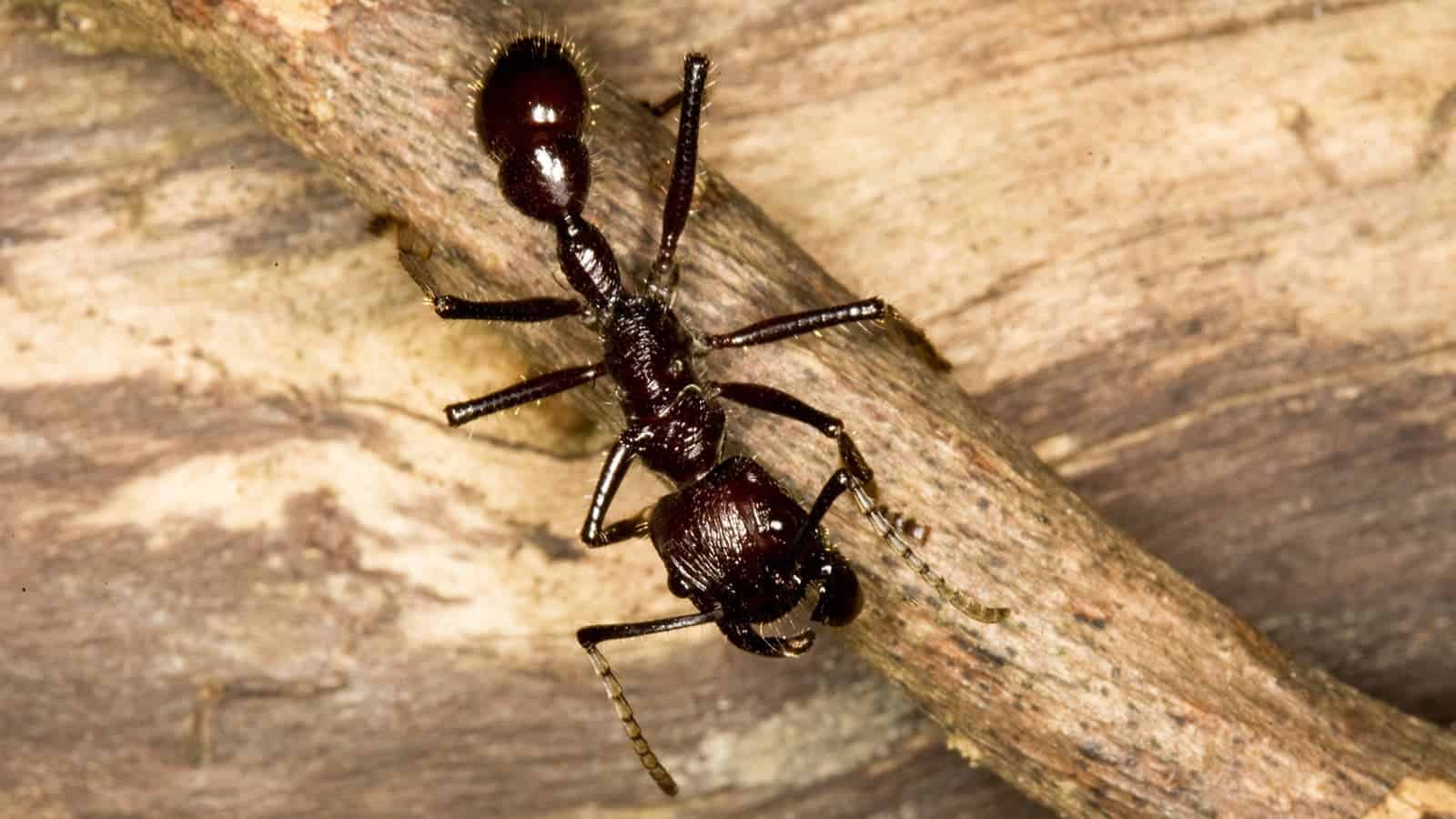
Considered among the most dangerous animals in Suriname, bullet ants attack in large numbers and deliver painful bites with venom. Dressing properly during your trip is crucial to avoid bites. Symptoms of bites include difficulty breathing, lower heart rate, hallucinations, and heart failure. Young children and older individuals, especially those with compromised immunity, are at a higher risk of severe allergic reactions and potential fatality from bullet ant bites.


